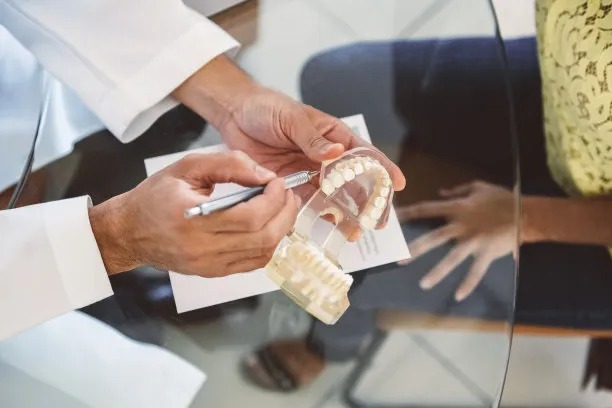Essential Tips and Precautions for a Successful Dental Filling Experience and Post Treatment Care
Summary: Ensuring a successful dental filling experience requires understanding essential tips and precautions surrounding the procedure. This article outlines four key aspects: preparing for the appointment, understanding the procedure, post-treatment care, and recognizing potential side effects. Each point emphasizes the importance of comprehensive care, both prior to and following the filling, to minimize discomfort and ensure optimal results. By following these guidelines, patients can enhance their experience and maintain their dental health effectively. Equipped with this knowledge, patients can approach dental fillings with confidence and ease.
1. Preparing Effectively for Your Dental Appointment

Preparation plays a critical role in maximizing the success of your dental filling. First and foremost, make sure to communicate openly with your dentist regarding any concerns or questions you may have. Understanding what the process entails reduces anxiety and helps set realistic expectations for the outcome. A good rapport with your dentist creates a comfortable environment, fostering better communication throughout the procedure.
Next, consider notifying your dentist about any medications you are currently taking, particularly blood thinners or any supplements. This information will enable your dental professional to ascertain potential complications and ensure the procedure can be carried out safely. Additionally, if you have any allergies, particularly to local anesthetics or dental materials, be sure to inform your dentist well ahead of your appointment.
Lastly, mentally prepare yourself for the dental appointment. Take some time to relax before your visit. Techniques such as deep breathing exercises or mindfulness meditation can help ease feelings of nervousness. By preparing mentally, you reinforce your confidence in handling the procedure smoothly.
2. Understanding the Filling Procedure
Knowing what to expect during the filling procedure is essential for curbing anxiety. The process typically begins with the administration of a local anesthetic to numb the affected area, ensuring that you do not feel pain during the filling. Your dentist will then assess the extent of the decay by examining and possibly taking X-rays of the tooth, which allows them to plan effectively for the filling.
Once prepared, the dentist will remove the decayed portion of the tooth using specialized tools. After that, they will clean the cavity and prepare it for the filling material. Common filling materials include composite resin, amalgam, or glass ionomer, each with distinct advantages and application protocols. Understanding these materials can help you make an informed choice about your dental care.
After the filling material is placed, your dentist will shape and polish it to ensure that it fits comfortably within your bite. Understanding each step will make you feel more engaged in the process, leading to a more positive overall experience.
3. Post-Treatment Care Is Essential
Once the procedure is complete, following post-treatment care instructions is vital to enhance recovery. First, allow yourself some time to relax and avoid overly strenuous activities for at least 24 hours. Your tooth may still be sensitive for a few days after the procedure, so taking it easy helps with the healing process.
Next, be mindful of what you eat. For the first few hours after receiving a filling, you should avoid hot or cold food and hard or chewy items to allow the anesthetic to wear off effectively. Gradually reintroducing various food textures will help gauge any lingering sensitivity or discomfort.
Additionally, maintain good oral hygiene habits. Brushing and flossing regularly, combined with using an antibacterial mouthwash, will help keep both your teeth and gums healthy. Check with your dentist for any additional recommendations tailored to your specific filling material and personal dental health.
4. Recognizing Potential Side Effects
While most patients experience little to no issues following a dental filling, being aware of potential side effects can help you identify complications early. Commonly, you may experience sensitivity to hot or cold temperatures, which may diminish over time. This is usually expected, especially if the filling is only recently placed.
However, if discomfort persists or intensifies after several days, its crucial to contact your dentist for a follow-up. They can assess the fillings fit and check for possible complications, such as an underlying issue with the tooth.
Other side effects may include allergic reactions to the materials used in the filling, though these occur rarely. Symptoms such as itching or swelling around the filling area warrant immediate consultation with your dental professional. Being proactive in monitoring your health ensures you enjoy long-lasting results from your dental filling.
Summary: In summary, a successful dental filling experience hinges on thorough preparation, understanding the procedure, adhering to post-treatment care, and recognizing potential side effects. Patients are encouraged to engage actively with their dental health providers, express their concerns, and follow recommended care practices diligently. Empowered with this knowledge, dental fillings can be managed with confidence and promote long-term oral health.
This article is compiled by Vickong Dental and the content is for reference only.


